Topic: Photos
| Thanksgiving |
No entry today - off to Thanksgiving with the family.
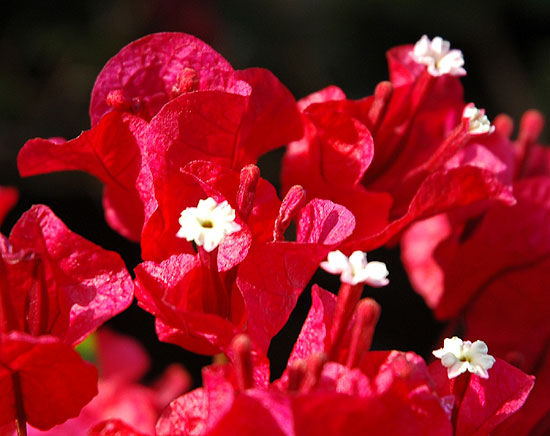
Posted by Alan at 08:05 PST
|
Post Comment |
Permalink
Updated: Thursday, 23 November 2006 08:06 PST
home


| « | December 2025 | » | ||||
| S | M | T | W | T | F | S |
| 1 | 2 | 3 | 4 | 5 | 6 | |
| 7 | 8 | 9 | 10 | 11 | 12 | 13 |
| 14 | 15 | 16 | 17 | 18 | 19 | 20 |
| 21 | 22 | 23 | 24 | 25 | 26 | 27 |
| 28 | 29 | 30 | 31 | |||
Consider: "Cynical realism – it is the intelligent man’s best excuse for doing nothing in an intolerable situation."
"It is better to be drunk with loss and to beat the ground, than to let the deeper things gradually escape."
- I. Compton-Burnett, letter to Francis King (1969)
- Aldous Huxley, "Time Must Have a Stop"
| Thanksgiving |

Posted by Alan at 08:05 PST
|
Post Comment |
Permalink
Updated: Thursday, 23 November 2006 08:06 PST
home
| In Time of War - Visiting Gandhi |
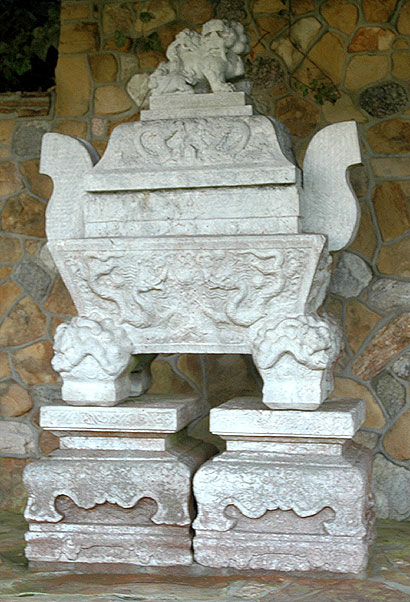 Rather than an entry on politics and the war, a visit to the Mahatma Gandhi World Peace Memorial, and the "wall-less temple" erected in his honor. The memorial is a thousand-year-old stone sarcophagus from China, in which a portion of Gandhi's ashes are encased in a brass and silver coffer.
Rather than an entry on politics and the war, a visit to the Mahatma Gandhi World Peace Memorial, and the "wall-less temple" erected in his honor. The memorial is a thousand-year-old stone sarcophagus from China, in which a portion of Gandhi's ashes are encased in a brass and silver coffer. It was worth a visit.
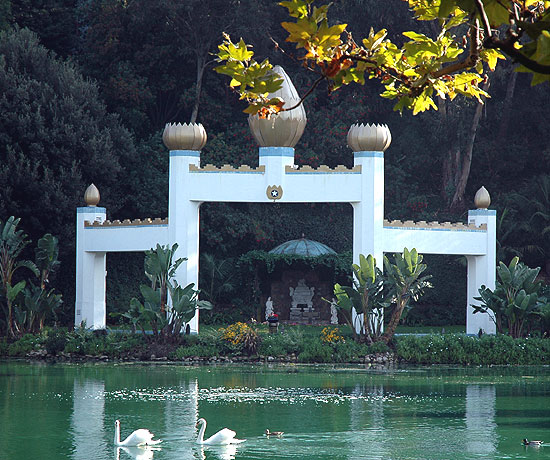
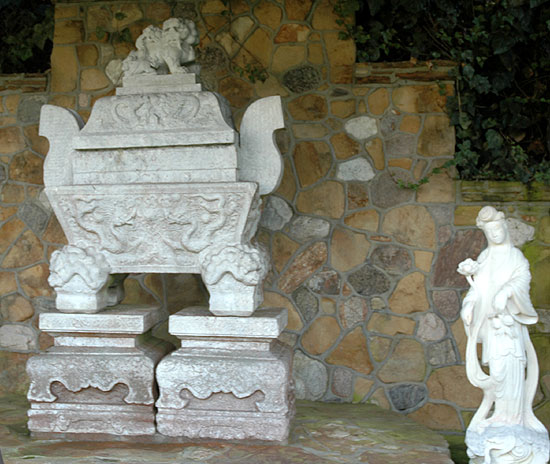
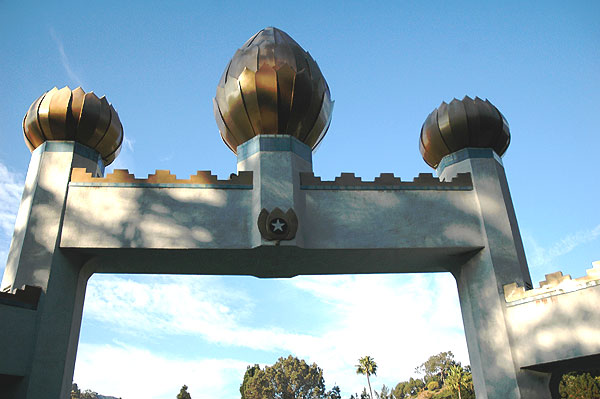


Posted by Alan at 22:07 PST
|
Post Comment |
Permalink
Updated: Tuesday, 21 November 2006 22:14 PST
home
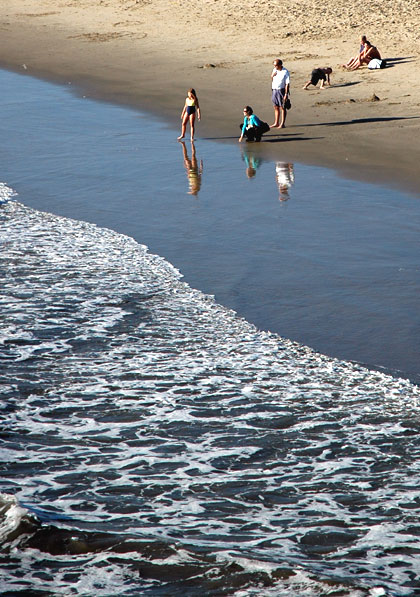
Lens flair, a very odd kite, the Pacific, the sand, and a trash can -
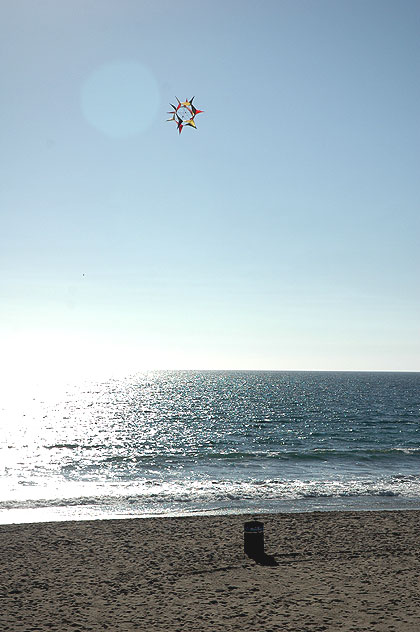
All American values, all in one place, under the pier -
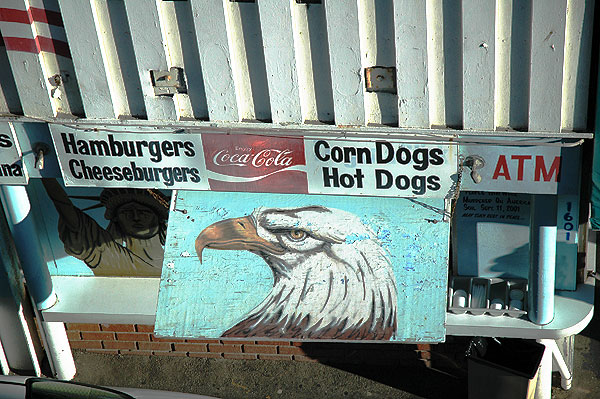
That odd kite - rotating cylinders - with the Santa Monica range way out there…
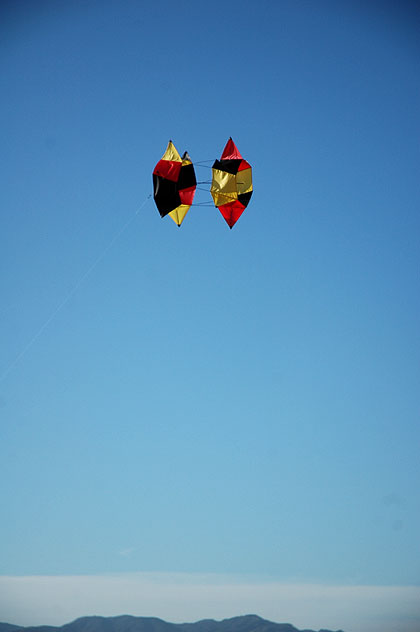
Posted by Alan at 23:05 PDT
|
Post Comment |
Permalink
home
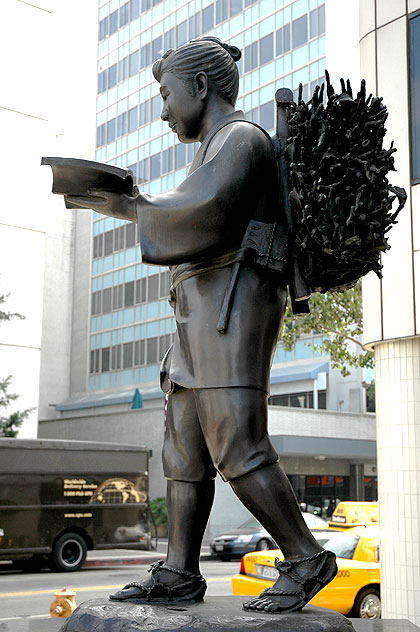 No political commentary today. This was a photography day, devoted to the Japanese American district in downtown Los Angeles known as Little Tokyo. You will find a history of the place and five photographs here, and there will be a full array of more than thirty photographs of Little Tokyo, with more background and detail, in this weekend's Just Above Sunset, to be posted early Sunday morning, August 27th.
No political commentary today. This was a photography day, devoted to the Japanese American district in downtown Los Angeles known as Little Tokyo. You will find a history of the place and five photographs here, and there will be a full array of more than thirty photographs of Little Tokyo, with more background and detail, in this weekend's Just Above Sunset, to be posted early Sunday morning, August 27th. To the right - Junichiro Hannya, Monument to Sontuko (Kinjiro) Ninomiya, 1983 - a bronze sculpture of the "Peasant Sage of Japan," 1787-1856 (200 South San Pedro Street)
That would be this fellow -
All we came up with over here was Johnny Appleseed.Part farmer, part philosopher and part government administrator, Ninomiya Sontoku (1787-1856) advocated diligence, cooperation, deference to authority and thrift as ways of improving Japan's rural economy at the end of the feudal Tokugawa era. He revitalized agriculture by establishing credit associations to finance roads, aqueducts and housing, and he taught farmers to apply new methods of irrigation and to use better fertilizers. Between 1830 and 1843, Ninomiya and his disciples established the hotoku movement to promote morality, industry and economy.
The government attempted to maintain a rural social structure by encouraging hotoku after the 1905 Russo-Japanese war. During the 1930s, Ninomiya's teachings were reinterpreted as supportive of Japan's aggressive military expansion. Small statues, based on an iconographic portrayal of Ninomiya at about age 14 learning to read while carrying a load of firewood on his back, were placed in elementary schools throughout Japan. Though initially installed as reminders to children of the ideal of combining work with study, these statues became associated with the pre-war period and many were destroyed by the American Occupational forces after World War II. Located in front of the Mitsui Manufacturers Bank, the bronze memorial to Ninomiya (which should be titled Ninomiya Sontuko in recognition of the sage's official name, rather than Kinjiro, which was both his boyhood and his popular name) replicates the design but greatly enlarges the size of the pre-World War II statues. Albert Taira, the Nisei developer of the bank building, proposed the statue to Obayashi, the contractor for the project, to symbolize the Issei's hard work and self-sacrifice when establishing roots in America. Obayashi commissioned the work from a Japanese foundry that in turn hired the artist to increase the size of the monument.
Posted by Alan at 21:37 PDT
|
Post Comment |
Permalink
home
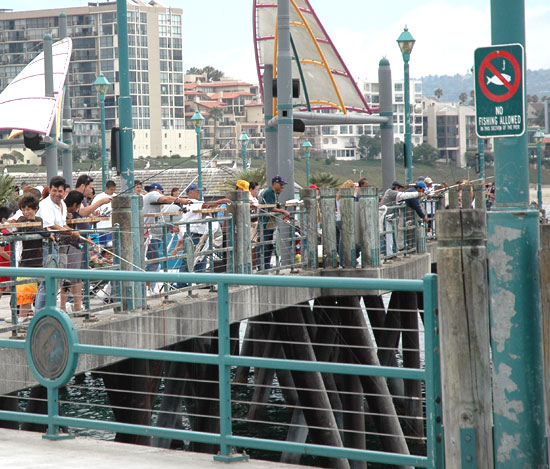
Posted by Alan at 07:57 PDT
|
Post Comment |
Permalink
home
Newer | Latest | Older